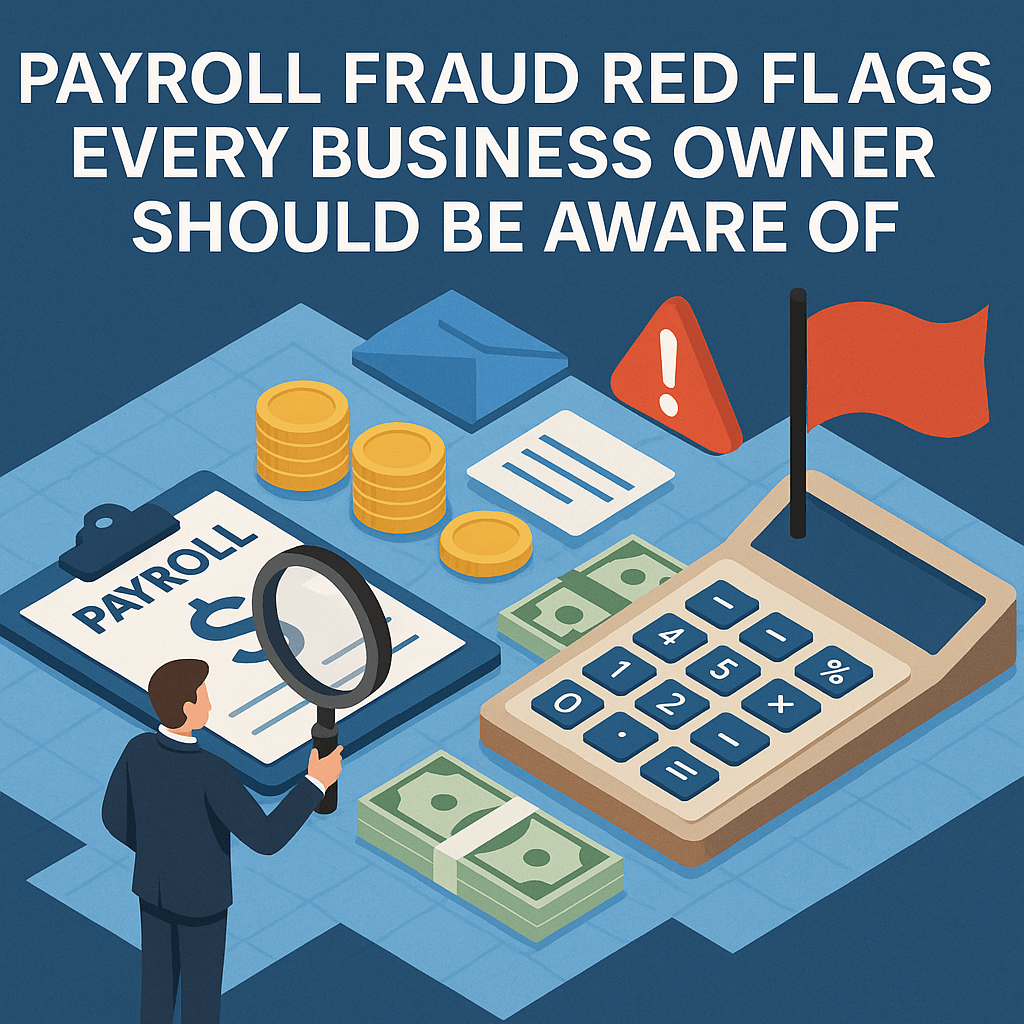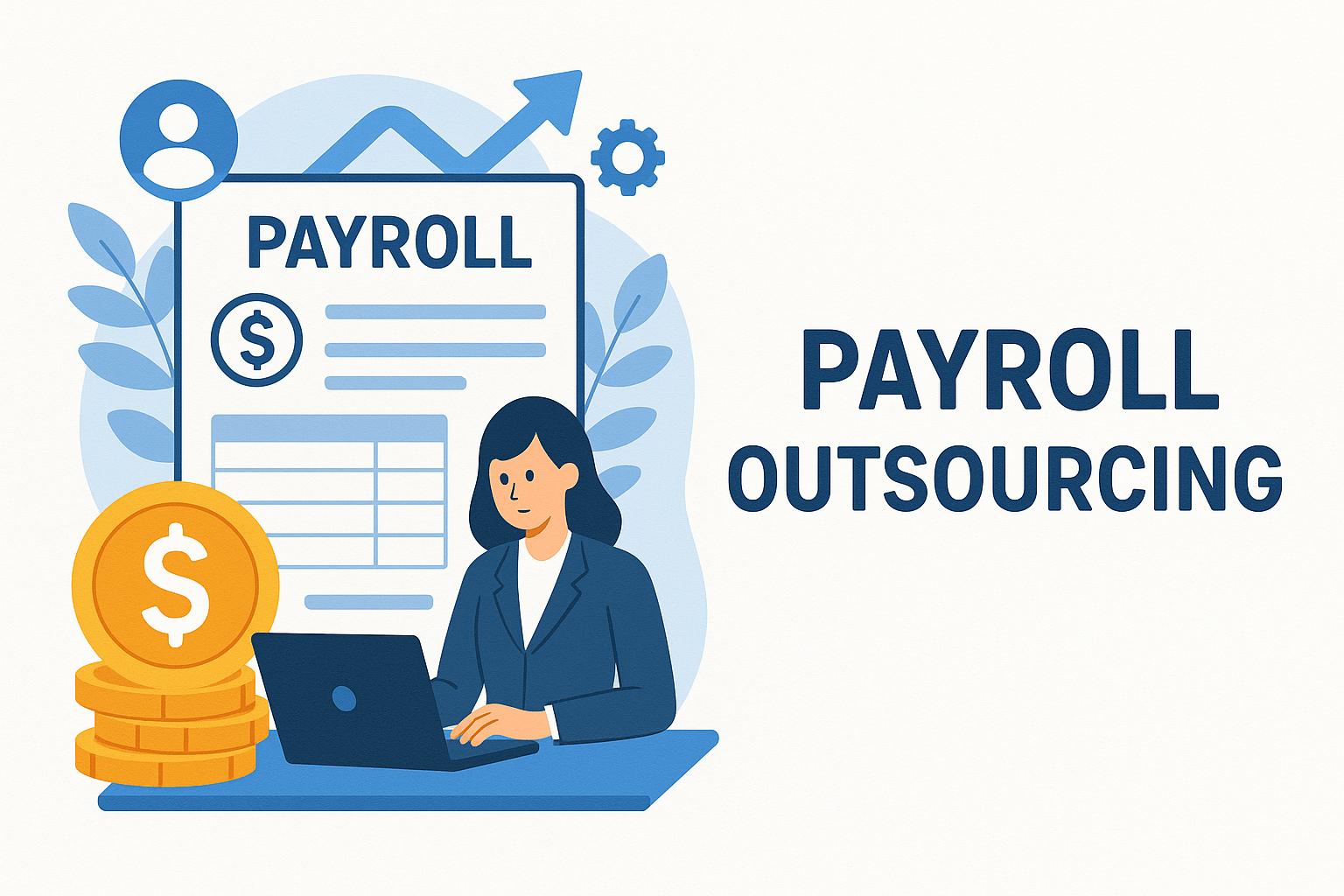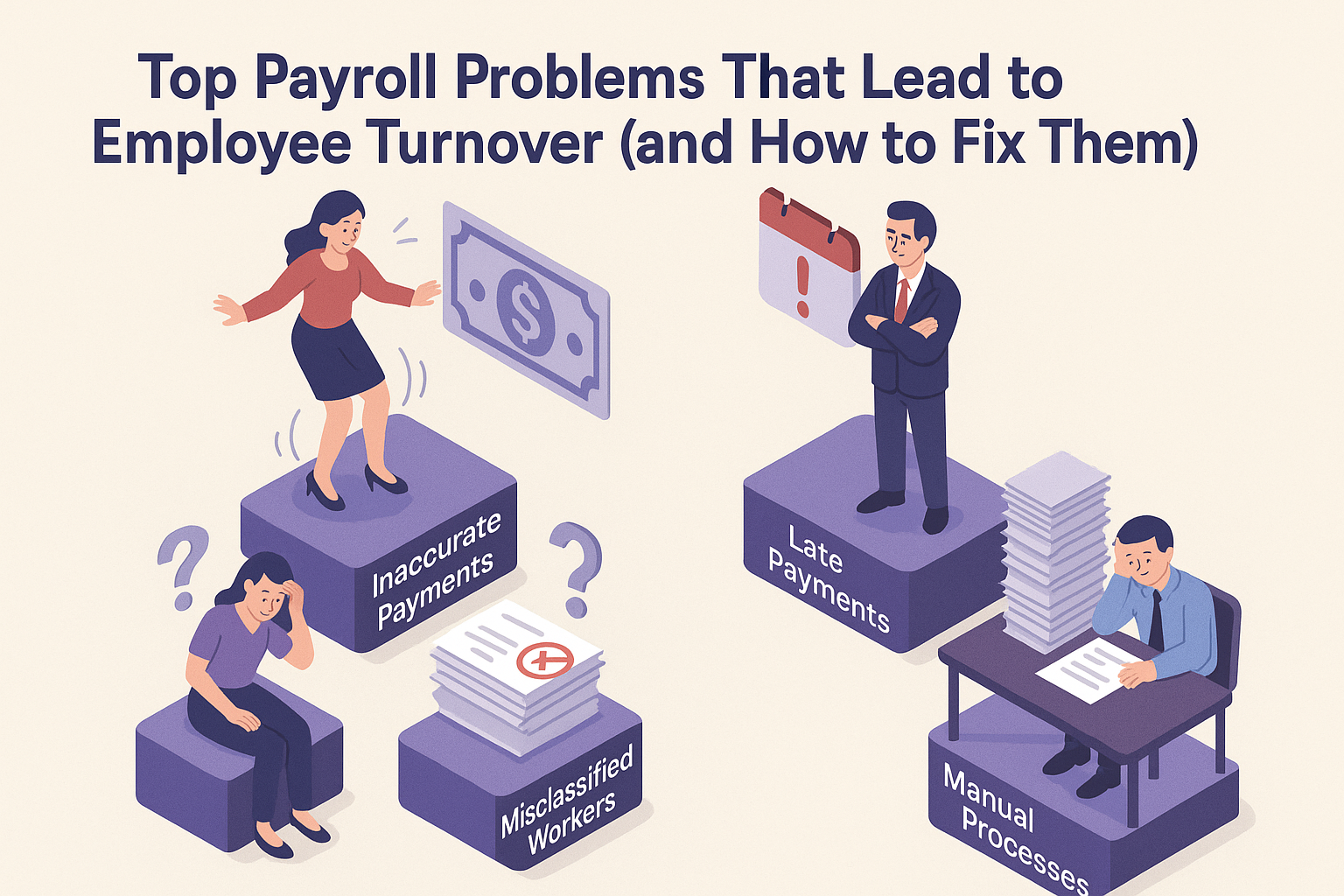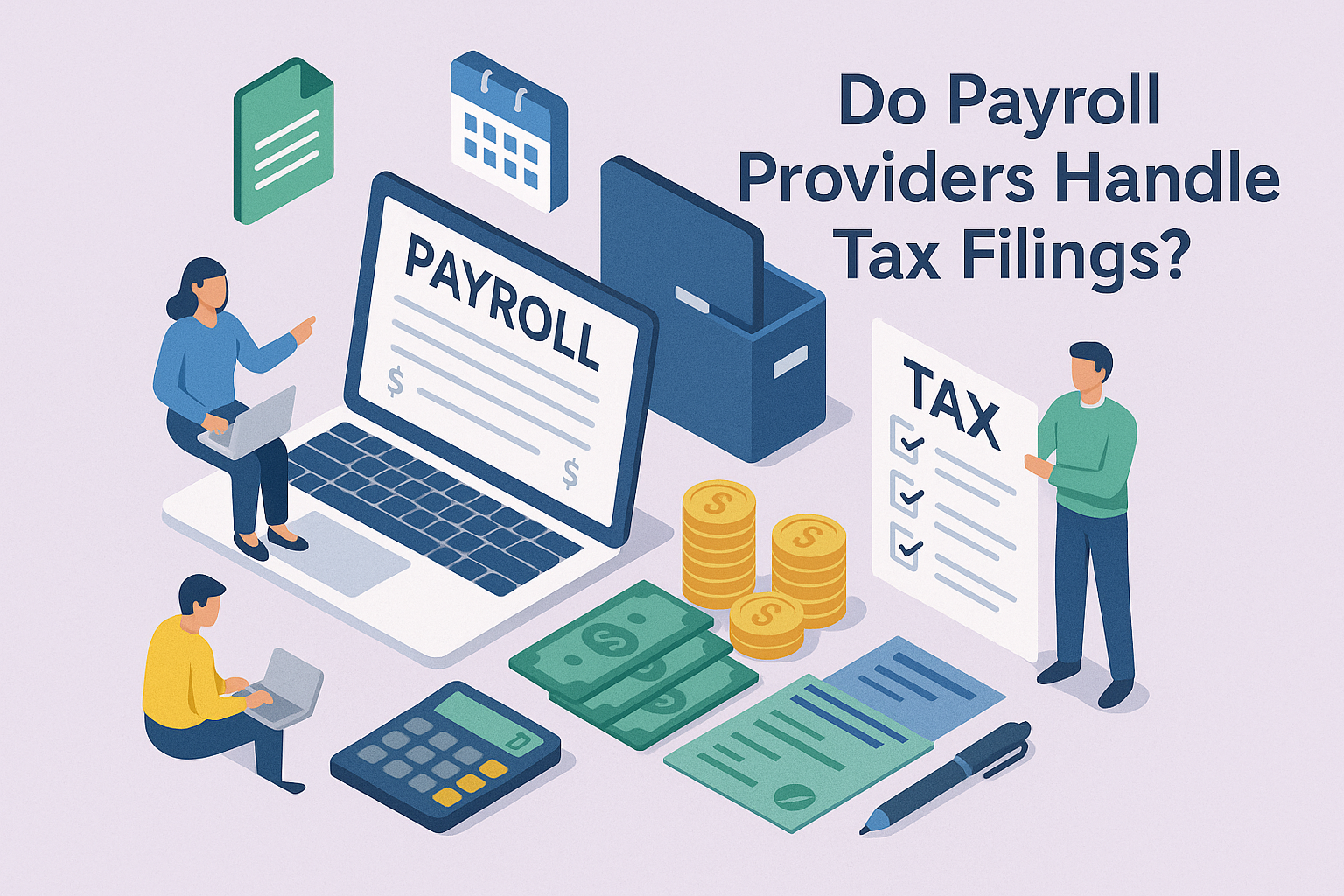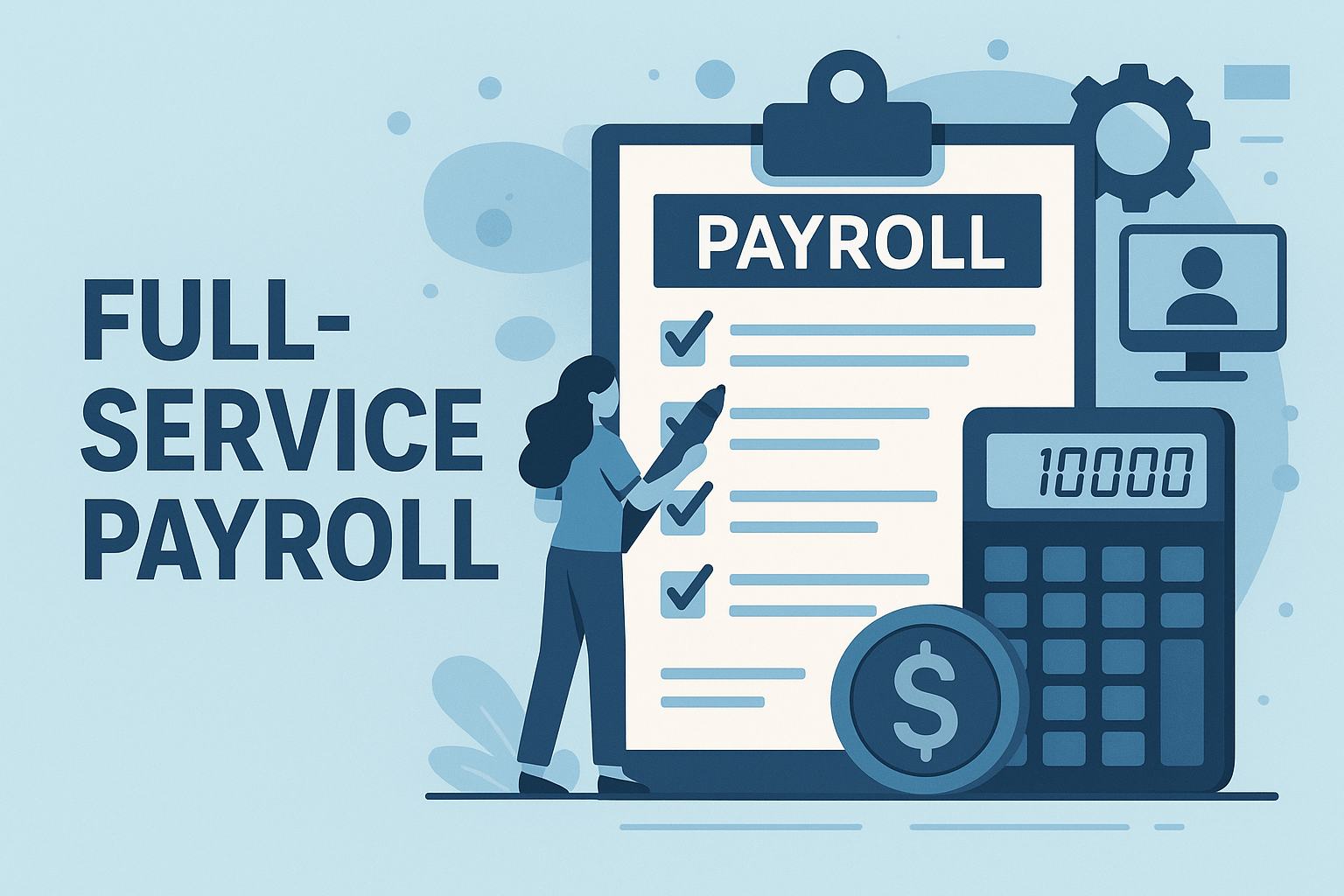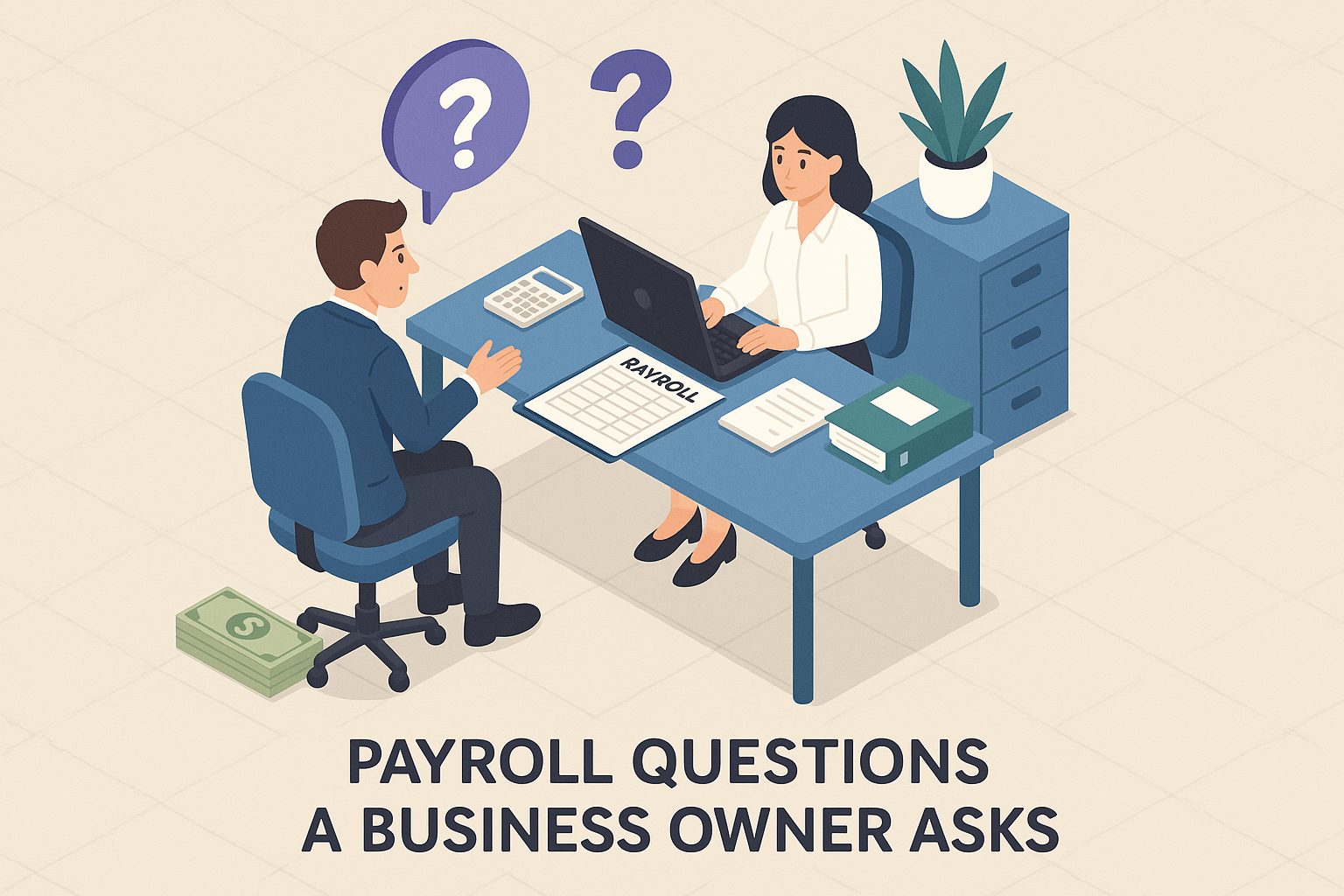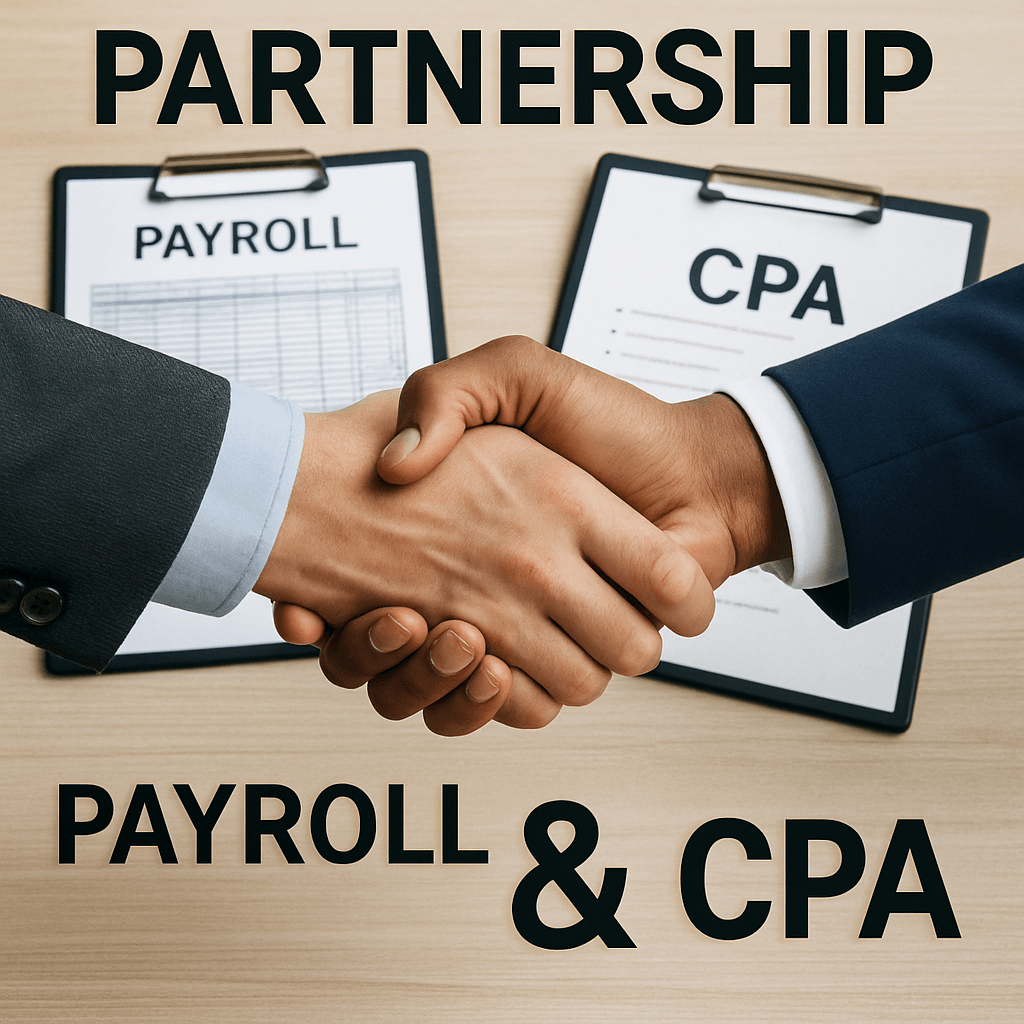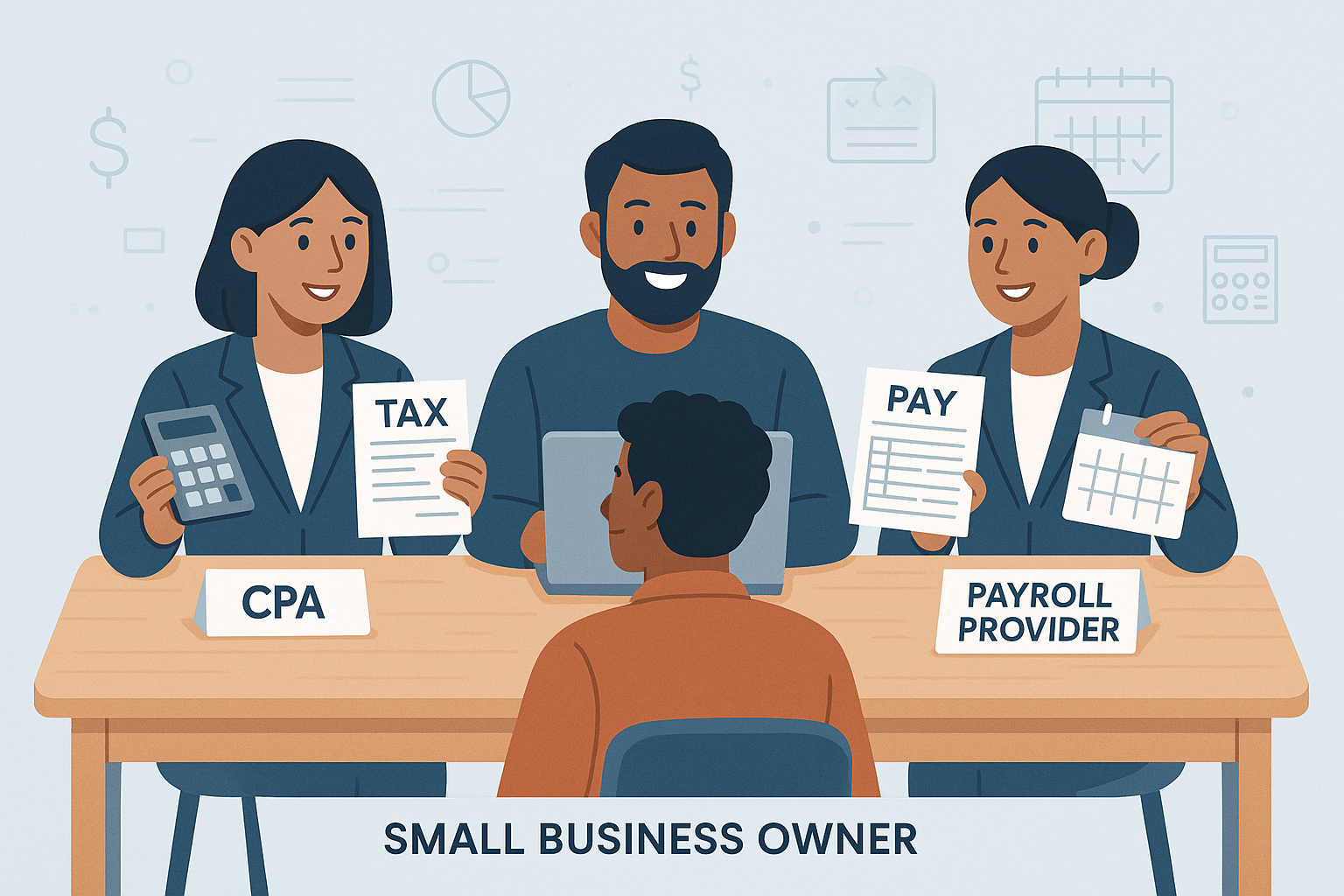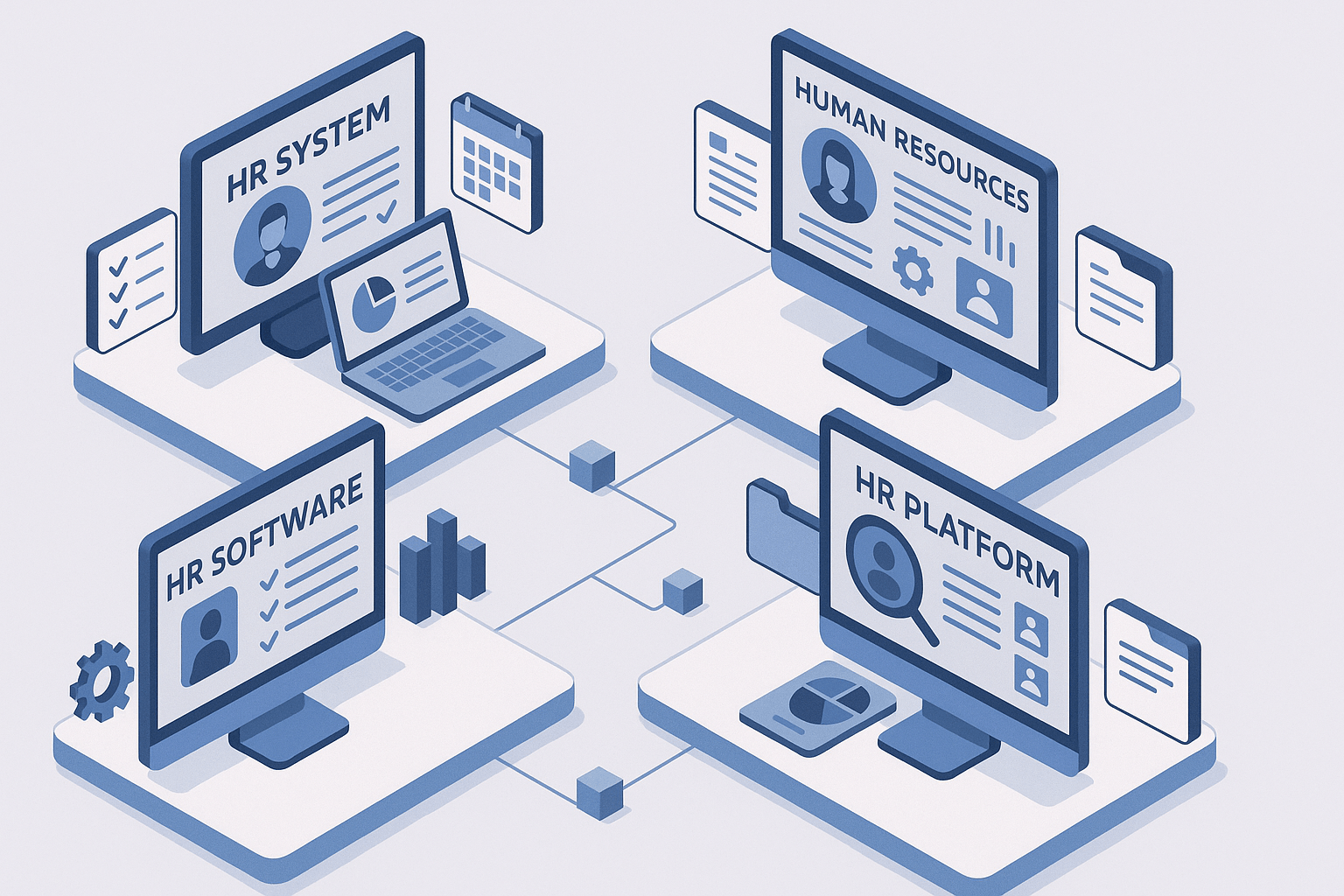Understanding ICE and Its Role in the Restaurant Industry
February 14th, 2025
6 min read
.jpg?width=6955&height=3000&name=25968163_auditor_text_2(1).jpg)
Running a restaurant can feel like you’re spinning multiple plates at once—literally and figuratively. You have to manage a busy kitchen, ensure tasty meals, keep customers happy, and oversee a staff that’s often changing. But one area many restaurant owners might overlook or find confusing is workplace enforcement by U.S. Immigration and Customs Enforcement (ICE).
In recent years, you’ve probably heard about ICE audits, surprise raids, and businesses receiving hefty fines. Restaurants, in particular, often find themselves in the crosshairs of these immigration compliance crackdowns. Why is that the case? What exactly is ICE looking for, and how can you safeguard your restaurant, your employees, and your peace of mind?
At Lift HCM, we specialize in helping restaurants and other hospitality businesses navigate the maze of employee verification, payroll, and HR compliance. In this article, we’ll explain why restaurants need to pay close attention to ICE enforcement, break down common tactics ICE uses, and offer strategies to keep your business safe from legal and financial troubles.
Table of Contents
- What Is ICE? A Brief History and Mission
- Why Are Restaurants a Target for ICE Audits?
- Key Enforcement Tactics Used by ICE
- The Impact of ICE Enforcement on Restaurants
- How Restaurants Can Ensure Compliance and Avoid ICE Penalties
- Take the Next Step with Lift HCM
What Is ICE? A Brief History and Mission
ICE stands for U.S. Immigration and Customs Enforcement. This federal agency operates under the Department of Homeland Security (DHS) and was formed in 2003. While ICE has several responsibilities—like preventing human trafficking and enhancing national security—a significant part of its mission revolves around workplace enforcement. In simpler terms, ICE checks whether companies are following immigration laws when they hire staff.
A Quick Look Back
- Before 2003: Immigration enforcement was mostly handled by the Immigration and Naturalization Service (INS). After the events of September 11, 2001, the U.S. government reorganized several agencies, and ICE was born.
- Today: ICE’s reach extends into many businesses, but it pays special attention to industries that commonly employ large numbers of immigrants—including hospitality, agriculture, and construction.
ICE and the Restaurant Industry
For restaurant owners, this means strict oversight of hiring practices, the use of Form I-9 to verify employee eligibility, and handling documentation properly. Even small mistakes—like failing to fill out a single field on a form—can lead to penalties. As ICE’s focus on restaurant businesses has intensified, it’s become more important than ever to understand what’s at stake.
Why Are Restaurants a Target for ICE Audits?
You might wonder, “Of all the industries out there, why do restaurants face so much scrutiny?” The answer boils down to workforce dynamics and historical patterns:
- High Employee Turnover
Restaurants often have frequent staff changes. This makes it challenging to keep I-9 forms and other records perfectly updated. When ICE shows up, any lapse in paperwork can spell trouble. - Diverse Workforce
Many restaurants hire immigrant workers, often for kitchen or service jobs. ICE pays closer attention to industries where they suspect a higher percentage of unauthorized workers might be employed. - Use of Contractors and Temporary Workers
Sometimes, restaurants use staffing agencies or contract workers to fill positions quickly—especially during busy seasons. If these agencies don’t follow proper immigration compliance procedures, the restaurant can be held accountable for mistakes. - Past Enforcement Trends
Over the years, ICE has made an example out of restaurants by conducting high-profile raids and audits. These high-visibility actions send a message to the entire hospitality industry: “Follow the rules, or risk serious penalties.”
Key takeaway: Because of frequent staff turnover, diverse hiring practices, and occasional reliance on contract labor, restaurants are often in ICE’s spotlight. Proactive steps are crucial to ensure you’re ready for any form of workplace enforcement.
Key Enforcement Tactics Used by ICE
When ICE conducts enforcement, they typically rely on three main strategies. Each one can have a major impact on your restaurant’s operations and reputation.
1. I-9 Audits
An I-9 audit starts when ICE serves a Notice of Inspection (NOI). From the time you receive this notice, you typically have three business days to provide all Form I-9s for both current and recent former employees. ICE will examine each form for:
- Completeness (Are all sections filled out properly?)
- Accuracy (Do the documents provided match employee information?)
- Timeliness (Were forms completed within the required time frame of the employee’s start date?)
If ICE finds errors, you could face financial penalties that can quickly add up. In severe cases, businesses may also face criminal charges for knowingly hiring unauthorized workers.
2. Raids and Workplace Investigations
An ICE raid is much more dramatic. Agents arrive unannounced, checking employee records on the spot and detaining those who appear to be working without proper authorization. They may also:
- Seize company documents
- Interview managers and employees
- Temporarily halt business operations
Raids can cause chaos for your staff and guests, not to mention the potential harm to your restaurant’s reputation and day-to-day workflow.
3. Fines and Legal Consequences
If ICE determines you violated immigration compliance rules, the agency can impose fines ranging from a few hundred to many thousands of dollars per violation. For a small or even mid-sized restaurant, these fines can be devastating. In extreme cases where there’s evidence of a deliberate violation, owners or managers could face criminal charges.
The Impact of ICE Enforcement on Restaurants
ICE actions don’t just cause legal headaches; they can affect nearly every aspect of running a restaurant:
- Operational Disruptions
When audits or raids happen, you might be short on staff or shut down for part of the day. Less staff means slower service, unhappy customers, and potential loss of revenue. - Financial Penalties
Even if your mistakes seem minor (e.g., forgetting to sign a form), the fines can quickly escalate. For instance, a few hundred dollars per violation might not sound like much—until you multiply it by dozens of forms over several years. - Reputation Damage
No restaurant wants to be in the news for an ICE raid. Negative media coverage can scare away customers who prefer businesses with strong ethics and compliance records. - Legal Liability
If ICE finds serious violations—like knowingly hiring unauthorized workers—you could face lawsuits, lose your business license, or even face jail time in extreme cases.
How Restaurants Can Ensure Compliance and Avoid ICE Penalties
Staying compliant might feel complicated, but proactive steps can dramatically lower your risk. Here are some best practices to consider:
1. Conduct Regular I-9 Audits
- What It Means: Periodically review every Form I-9 on file to ensure completeness. Fix any errors and keep a record of the corrections.
- How Often: Aim for quarterly or biannual audits, especially if you have high employee turnover.
- Pro Tip: Keep a checklist of common mistakes, such as missing signatures, incorrect date entries, or expired documents.
2. Implement E-Verify
- What It Is: E-Verify is a web-based system that checks information from an employee’s I-9 against federal records.
- Benefits: While this program is voluntary in some states, using it demonstrates a strong commitment to immigration compliance. If ICE audits you, being an E-Verify participant can help show you made good-faith efforts to verify employee eligibility.
‼️👉 Interested in learning more about E-Verify? You've come to the right place! Lift HCM offers E-Verify! Click here to learn about it!
3. Train Your HR and Management Team
- Why It Matters: Even a tiny mistake in I-9 processing or employee verification can lead to large penalties.
- What to Cover: Ensure your HR and management teams know how to fill out Form I-9 correctly, what documents to accept, and what steps to take when employees can’t provide valid documentation.
- Ongoing Education: Provide refresher courses or e-learning modules to keep everyone up to date on policy changes.
4. Develop a Response Plan for ICE Audits and Raids
- Emergency Preparedness: Assign specific roles—such as who communicates with ICE agents, who calls the attorney, and who handles media inquiries.
- Staff Training: Teach your staff what to do if ICE shows up unannounced. Make sure they know their rights and which manager or HR representative to direct agents to.
- Legal Support: Have an attorney familiar with immigration law on speed dial. Their expertise can be invaluable in guiding you through the inspection process or any subsequent legal action.
5. Work With an HCM Partner
- Why Lift HCM?: Lift HCM offers comprehensive solutions for payroll, HR management, employee verification, and more. Our team stays on top of federal and state laws, so you don’t have to.
- Key Advantages: By automating compliance tasks—like generating completed I-9 forms and tracking document renewals—you minimize human error. Plus, if you ever face an audit, you’ll have organized, accurate records ready to present.
6. Automate Onboarding with iSolved
- One Seamless Platform: Lift HCM's iSolved Onboarding platform automates document collection for new hires from day one.
- Simple Compliance Management: iSolved centralizes key forms like I-9 and W-4, reducing the risk of lost files and easing audits.
- Built-In Efficiency: Digitizing onboarding saves time, reduces errors, and allows online completion of paperwork, freeing HR for strategic tasks.
- Customizable and Scalable: iSolved adapts to any restaurant size, ensuring best practices across all locations.
One Seamless Platform: Lift HCM's iSolved Onboarding platform automates document collection for new hires from day oneSimple Compliance Management: iSolved centralizes key forms like I-9 and W-4, reducing the risk of lost files and easing audit
Built-In Efficiency: Digitizing onboarding saves time, reduces errors, and allows online completion of paperwork, freeing HR for strategic tasks.
Customizable and Scalable: iSolved adapts to any restaurant size, ensuring best practices across all locati
Take the Next Step with Lift HCM
Running a restaurant is demanding, and immigration compliance doesn’t have to be one more burden on your plate. At Lift HCM, we specialize in supporting hospitality businesses just like yours. Whether you need help with I-9 audits, E-Verify, or building a robust HR compliance strategy, our team is here to guide you.
Ready to get started?
- Begin an Internal Audit: Review your current files and procedures.
- Consult a Professional: If anything seems amiss, contact an immigration attorney or an HCM partner for expert advice.
- Automate with Lift HCM: Simplify your processes so you can focus on what really matters—delivering excellent service and delicious meals to your guests.
By taking these steps now, you’ll be well-prepared for whatever comes your way in the future. If you have any questions or want personalized advice, reach out to Lift HCM and let us help you navigate the ever-changing landscape of workplace enforcement!
Caitlin Kapolas is a results-driven professional with a strong background in account management and retail. She is dedicated to improving client experiences and building lasting relationships. Caitlin excels in identifying client needs, resolving issues, and implementing customized solutions that drive value. Her effective communication skills ensure high client satisfaction and loyalty, making her a trusted advisor and partner in meeting client needs with precision and professionalism.







